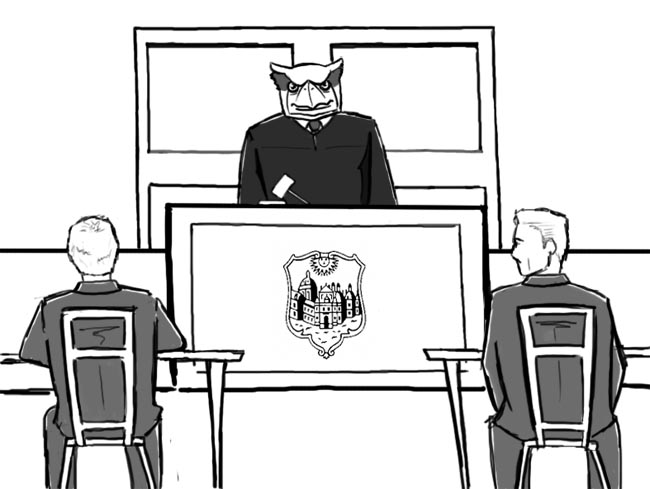Last Wednesday, the William and Mary Scholars Undergraduate Research Experience held a seminar on confronting racism. The program emphasized restorative justice, a mode of interaction which mediates conflict by focusing on affected persons’ needs and grievances, rather than punishing the wrongdoer. The goal of the exercise is to strengthen the community and build social capital. While it is a more individualized and time-consuming way of resolving conflict, restorative justice has the potential to improve how members of the College community live, learn and work.
At its best, employing restorative justice can build empathy, as it encourages both victims and offenders to speak plainly with one another. The goal is not vindication but understanding: The victims make clear how they were harmed, offenders take responsibility for their actions, and both come to an agreement regarding that harm.
This practice could be applied to conflicts among students, teachers and administrators.
Roommate conflict is an excellent place to start. Often, both parties offend without knowing they’ve done anything wrong, and they exacerbate tensions by accusing and insulting the other. Resident Assistants with training in restorative justice could facilitate honest conversations in which both roommates admit fault, explain how they feel wronged, and agree to a compromise. This method also fits perfectly with the concept of self-determination; roommate contracts and community agreements would benefit from enforcement that incorporated the wants and needs of the residents who created them.
First Year Experience could further promote the use of restorative justice among students by incorporating it into the diversity session during freshman orientation, as well as subsequent sessions throughout the year. Ironically, orientation is a disorienting experience for most freshmen; encouraging them to be open with one another about their feelings and experiences could help prevent imminent and long term conflict.
Restorative justice could also strengthen relationships between students and professors. This may be trickier, given the unequal power dynamic between them, but it could enable better communication when a student is unsatisfied with a grade or a professor’s instruction. This could not only relieve tension between students and professors, but also improve teaching and learning.
Many of today’s college students may not have been exposed to restorative justice growing up, but some of today’s elementary and high school students have, and the results have been positive. In Oakland, Calif., the transition from a policy of zero-tolerance to restorative justice in some schools cut suspensions and raised reading levels.
The College should champion restorative justice as it forces all parties to engage in tough conversations and address conflict with compassion and empathy, rather than isolation and shame. The result will be less conflict and a greater respect for students’ diversity, identity and humanity.

